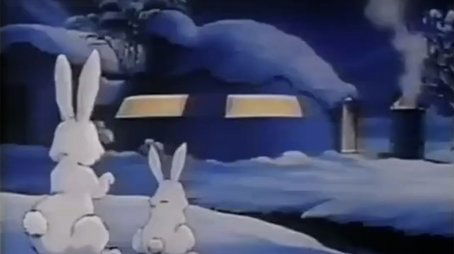
Sorry, we have not watched this yet.

Gohan and Goten are having a hot bath outside in the middle of winter. A dead Goku suddenly appears in front of his sons with the help of his Instant Transmission. The three Saiyans reflect back on the events that occurred during the Cell Games.
Sorry, we have not watched this yet.